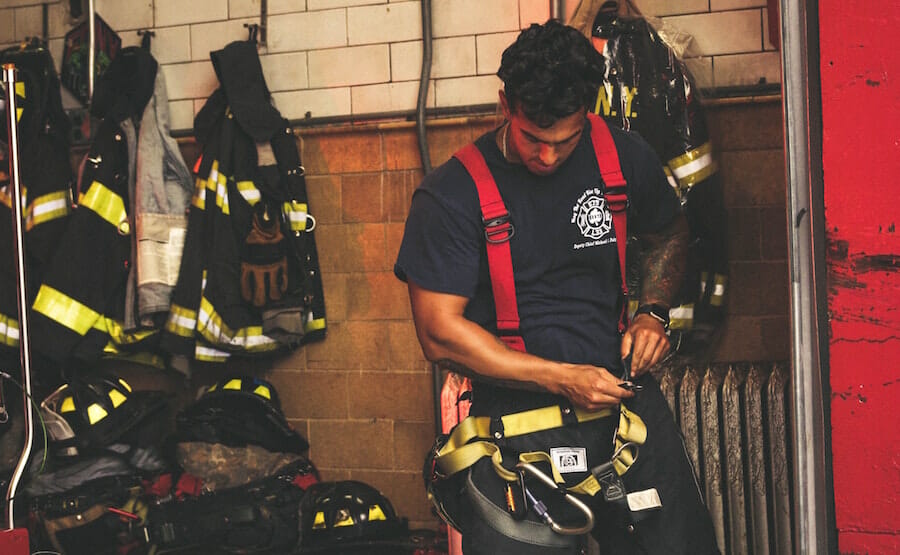
Firefighters are among the busiest of “frontline” workers in the summertime in BC. On top of their day-to-day duties, forest fire season is in full effect and they need to be ready to spring to action at a moment’s notice. Being hampered by chronic pain is simply not an option. Today, we’re taking a look at how physical therapy is instrumental in keeping firefighters in top form.
3 Reasons Why Firefighters Should Make Physical Therapy a Part of Their Normal Health and Wellness Regime
Physical Therapy Can Prevent and Repair Injuries Common to Firefighters
The public assumes that the most common injury to a firefighter involves burns or smoke/gas inhalation. However, the National Fire Protection Association (NFPA) reports that strains, sprains, and muscular pain were the leading type of injury in all firefighter activities. They account for nearly 40 percent of fire-ground injuries and nearly 60 percent of all non-fireground injuries. Overexertion of muscles, ligaments, and tendons are the leading cause of these injuries. This makes sense as firefighter actions often need to be quick and done without giving much thought to proper form or even distribution of equipment (firehoses, etc.) before lifting, running, climbing, and carrying. Overuse of muscles, ligaments, and tendons is also a major culprit.
It goes without saying that if you harbor any sort of underlying injury, your ability to put out a fire and/or rescue individuals is compromised. Given that physical therapy directly addresses both the prevention and rehabilitation of overextension and overuse injuries, making regular visits a part of your regime is clearly important.
Maintain Fitness for Official Job Requirements (including less obvious ones)
Maintaining a superior level of fitness is essential to the job requirements of your essential field. It is recommended that prospects and new entrants include physical therapy in their preparation for successful completion of approved firefighter training programs and National Fire Protection Association (NFPA) 1001 Level 1 and 2 Certification.
In addition to being able to manage the required weight loads and have the cardiovascular capacity to deal with high-stress and even toxic environments, there are other physical requirements that may pop up for your district, such as diving and swimming (for those near bodies of water). Physical therapy will come in handy for those demands too. Physiotherapy can also help you with potential challenges to meeting vision and hearing standards. For instance, a compromised vestibular system may result in visual disturbances and hearing changes, at which point vestibular rehabilitation can be a highly effective solution.
Can Be Put to Good Use During Downtime at the Firehall
Hopefully there is a significant amount of downtime at your firehall. After all, that means there are fewer literal and proverbial fires to put out. That said, downtime it itself can weigh on the mind and body. By working with a physiotherapist on a regular basis, you will be armed with regime of “DIY” exercises and stretches that you can do between calls so that you (and your entire hall, if so inclined) maintain a superior level of physical fitness. Besides, you want to be in the best shape possible when it comes time for the annual Firefighters Calendar photo shoot (sorry, couldn’t resist).
If you work/reside in the Greater Vancouver area you can book your consultation at our Burnaby BC clinic today by calling 604.558.2273. We’d be honored to serve you!
